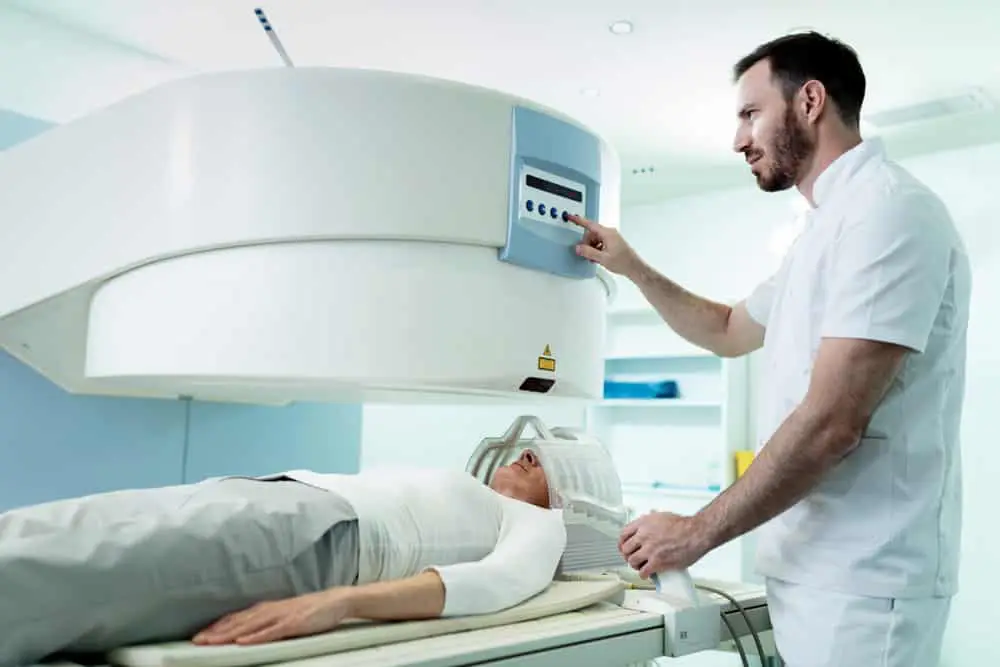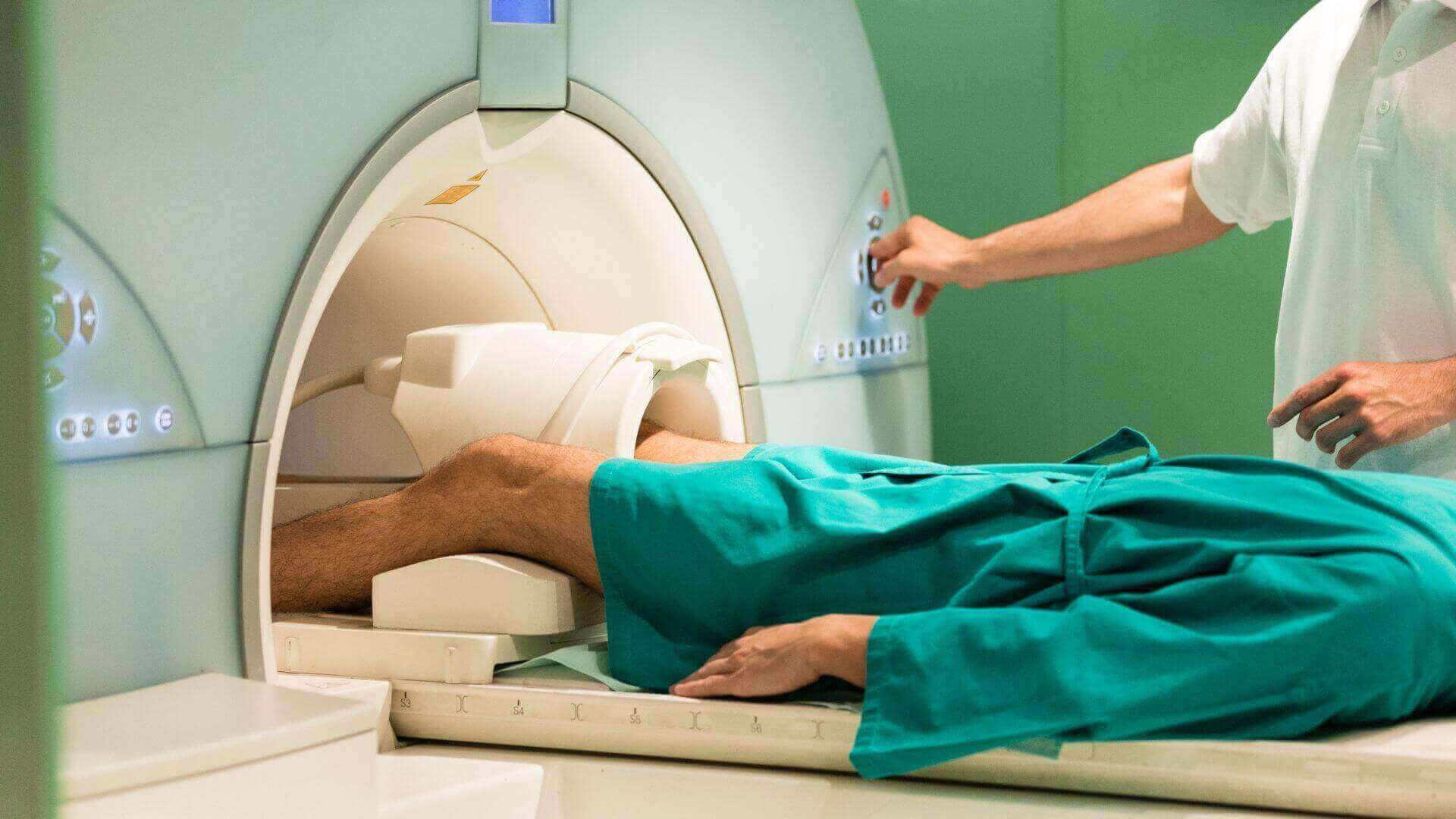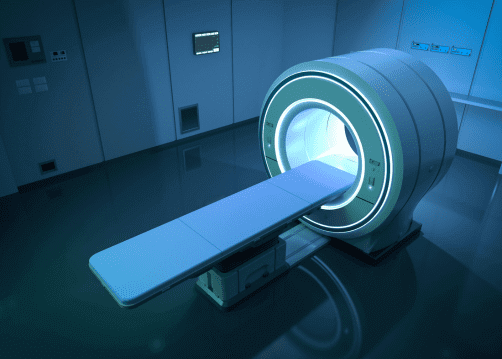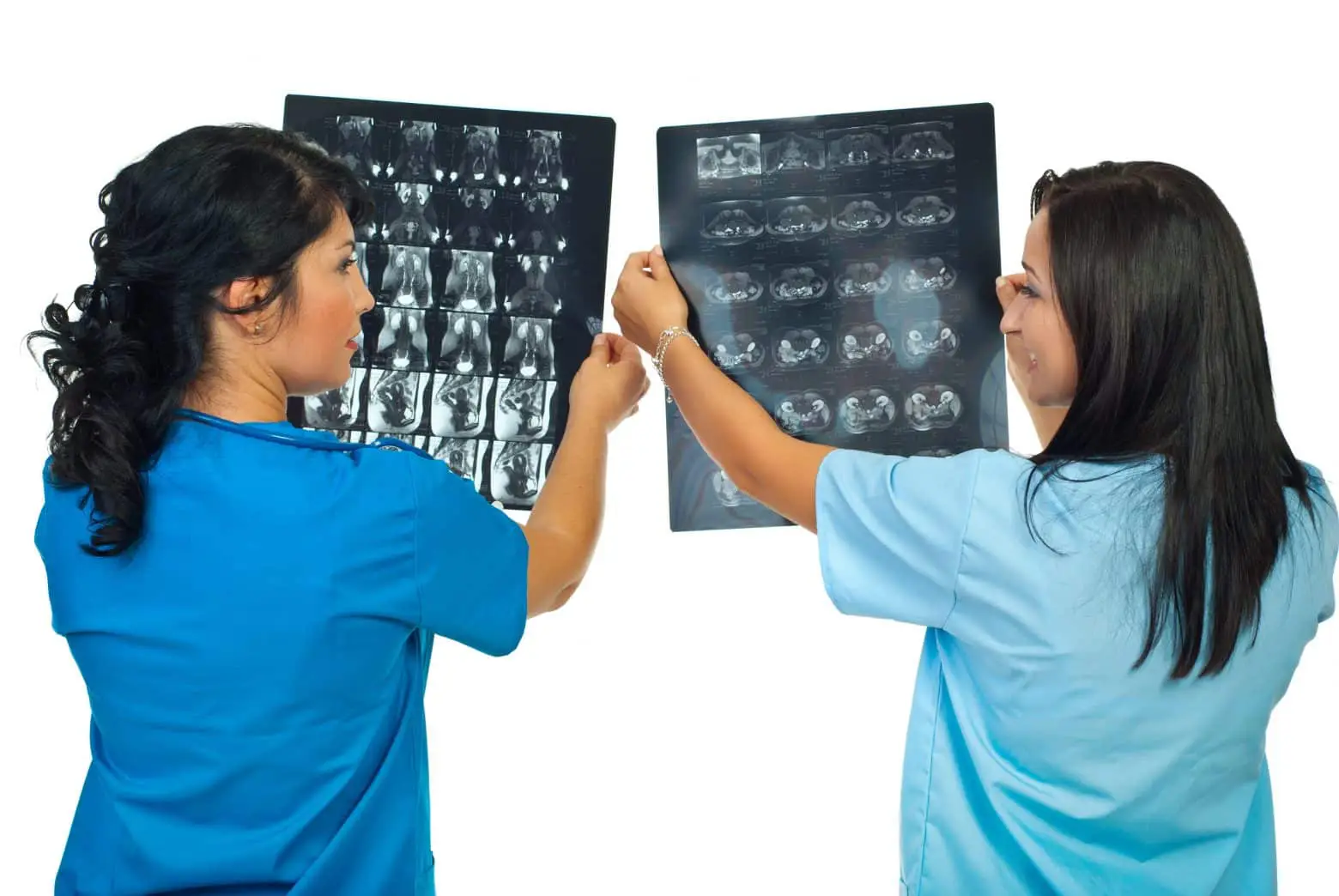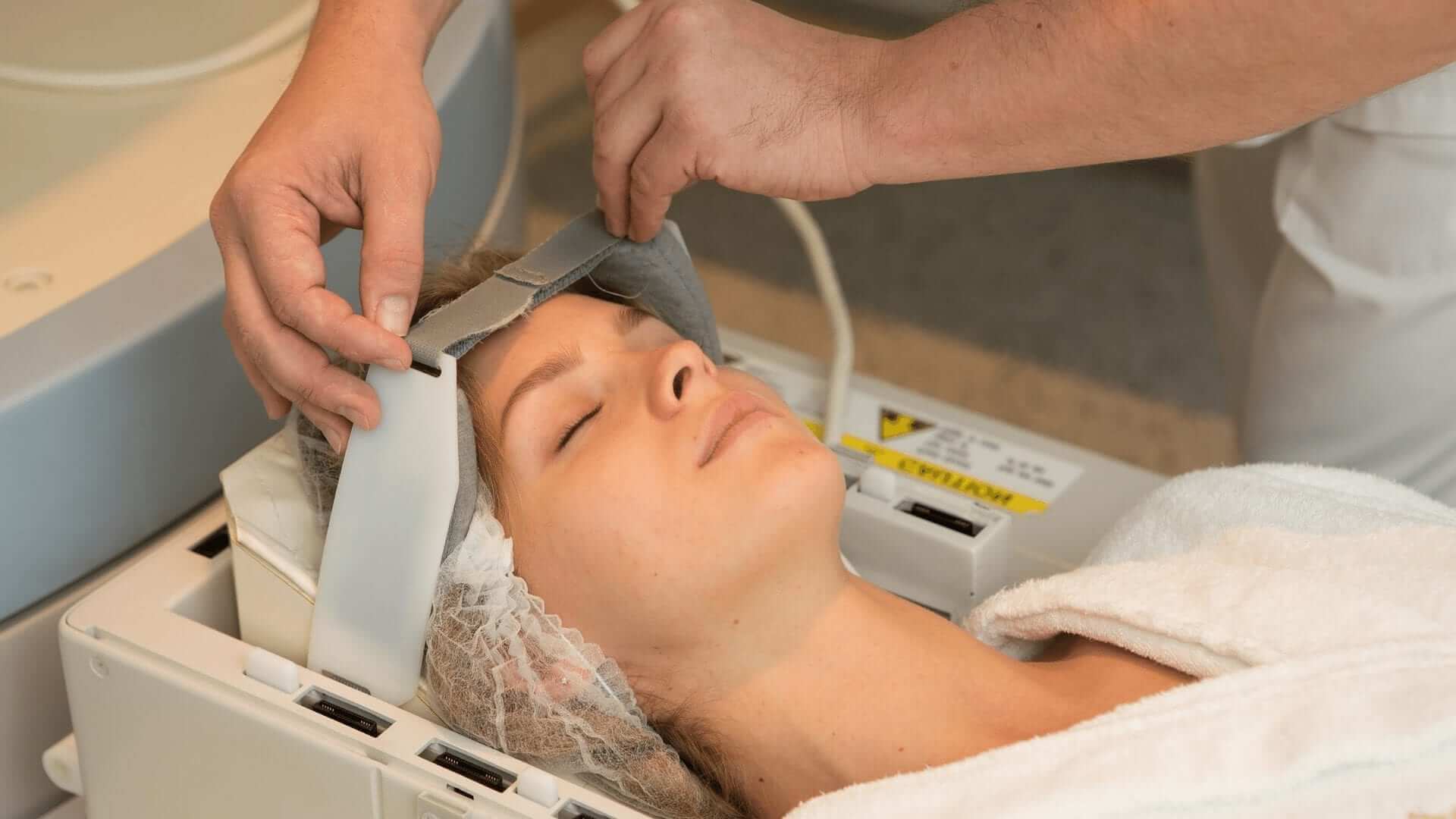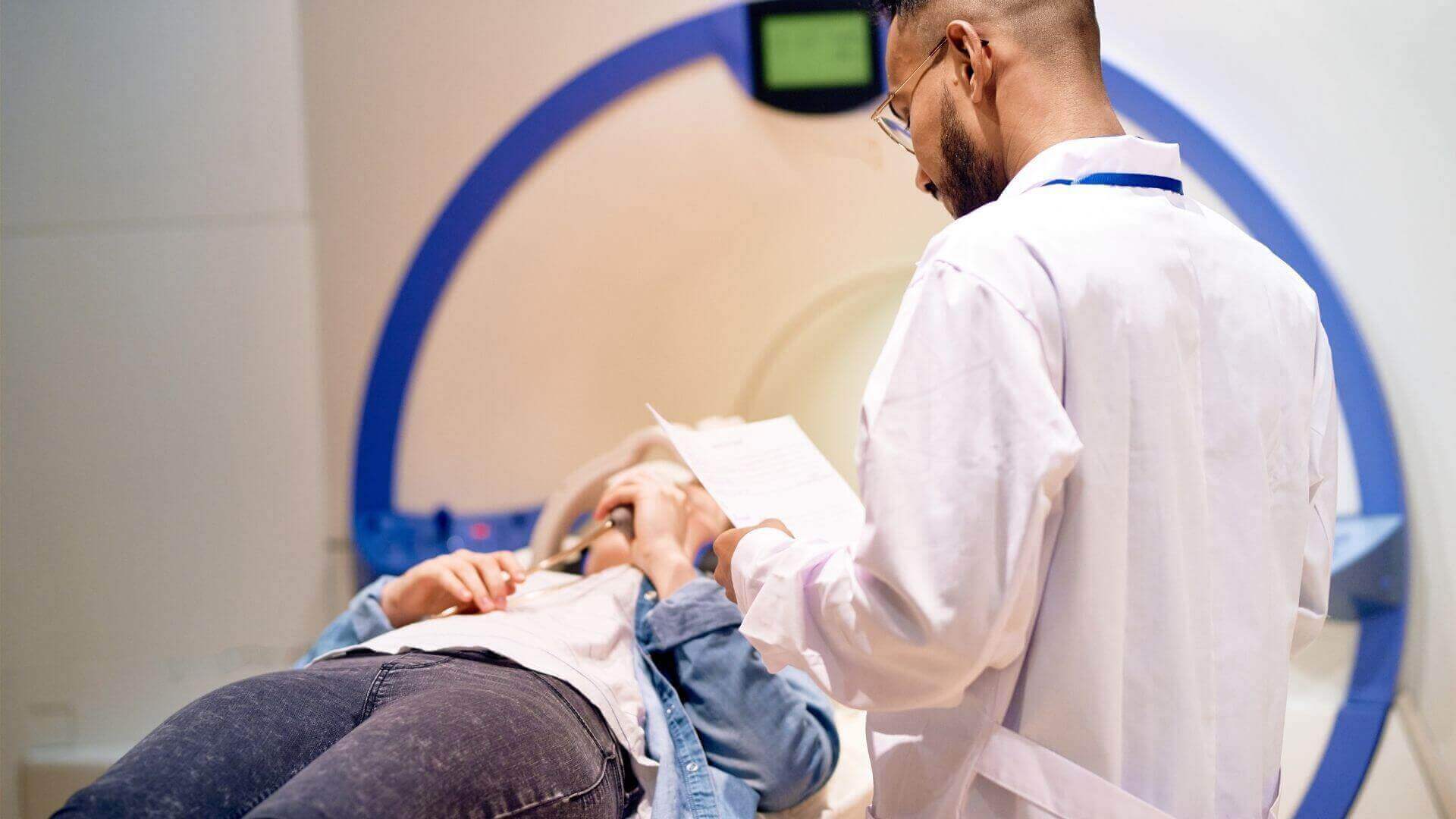What Does an MRI Technologist Do?
Date: October 20, 2022
Remarkably, Medical Resonance Imaging (MRI) is one of the most significant medical advancements in the past century. MRI, aka Magnetic Resonance Tomography (MRT) or Nuclear Magnetic Resonance (NMR), is a non-invasive procedure used to render images within objects.
Consequently, the MRI technique demonstrates pathology, distinguishing healthy from unhealthy tissues. By definition, pathology is the science of studying the causes and effects of diseases. Specifically, it is the branch of medicine that deals with the laboratory examination of bodily tissue samples used for diagnostic or forensic purposes.1
As a whole, MRI Technologists obtain images for medical analyses. They operate MRI scanners using sophisticated magnetic fields and powerful radio frequencies. Because they are considered relatively non-invasive, MRI scans are often the preferred technological procedure. In particular, MRIs are used for imaging the human brain, spinal cord, nerves, muscles, ligaments, and tendons.
How Does One Become an MRI Technologist?
Generally, the path into the profession begins by obtaining an Associate of Science in MRI degree. Unlike traditional four-year college paths, an MRI Technologist route can take less than two years from beginning to end. Comparatively, students may complete the Gurnick Academy of Medical Arts program in under two years.
Moreover, course emphasis is placed on image production, quality control, signal-to-noise ratio (SNR),* and primary pulse sequences. In particular, teachers prepare students for clinical examinations. Additionally, students can expect to take foundational general education courses. Primarily, these include anatomy, physiology, biology, and critical-thinking skills, before moving on to higher-level medical terminologies.
Additional Studies
As a whole, advanced studies include MRI safety, protocol, and procedural methods. Correspondingly, students should also expect to rotate through affiliated medical facilities and complete clinical externship requirements. By and large, the program is very rigorous and requires a full-time commitment.
Beyond this, would-be technologists learn various skills to equip their future careers. Notwithstanding, these include soft skills such as interpersonal communication. Social acumen, too, is needed for working with patients and administrative teams. Correspondingly, technical skills are also crucial for problem-solving strategies as well as instruction for operating equipment.
Benefits of Becoming an MRI Technologist
Most often, those in the field report positively impacting people’s lives for the better. From reassuring squeamish patients going into tight spaces to explaining what specific results indicate, an MRI Technologist is in a position to affect people tangibly. While in direct contact, MRI Technologists are regularly the first stop in a long lineup of patients seeking healthier lifestyles and requiring answers.
Do you have a passion for healthcare and an interest in the profession? But are you concerned with work-life balance? Rest assured, an MRI Technology route could be a good fit. Accordingly, some technologists work evenings, weekends, or overnight in urgent care centers. However, many MRI professionals function within traditional work schedules. Most often, these professionals work full-time.3 Many enjoy 9–5, Monday–Friday, and standard office times.
Therefore, if you like to change things up and continually enjoy challenges with new tasks—this may be the opportunity you seek.
Job Satisfaction
MRI Technologist’s role was given an overall job satisfaction rating of six out of ten by the U.S. News and World Report’s “Best Jobs Rankings.” At the same time, the report determined rankings based on unemployment averages, ten-year growth indexes, future job prospects, stress levels, and work-life balances, among other vital markers. Additionally, the MRI Technologist vocation placed No. 17 in “Best Health Care Support Jobs” and 89 out of “100 Best Jobs” overall.4
*The signal-to-noise ratio (SNR) is equal to the ratio of the average signal intensity over the standard deviation of the noise.2
Citations
1 n.d. “Pathology.” Oxford University Press. (Accessed June 17, 2021).
2 n.d. “Image Quality and Artifacts.” IMAIOS: Medical and E-learning Websites for Healthcare Professionals. (Accessed June 16, 2021).
3 “Occupational Employment and Wage Statistics.” U.S. Bureau of Labor Statistics. March 2021. (Accessed June 7, 2021).
4 Emily H. Bratcher. “MRI Technologist Ranks among Best Jobs of 2019.” U.S. News and World Report. 2016. (Accessed June 7, 2021).

